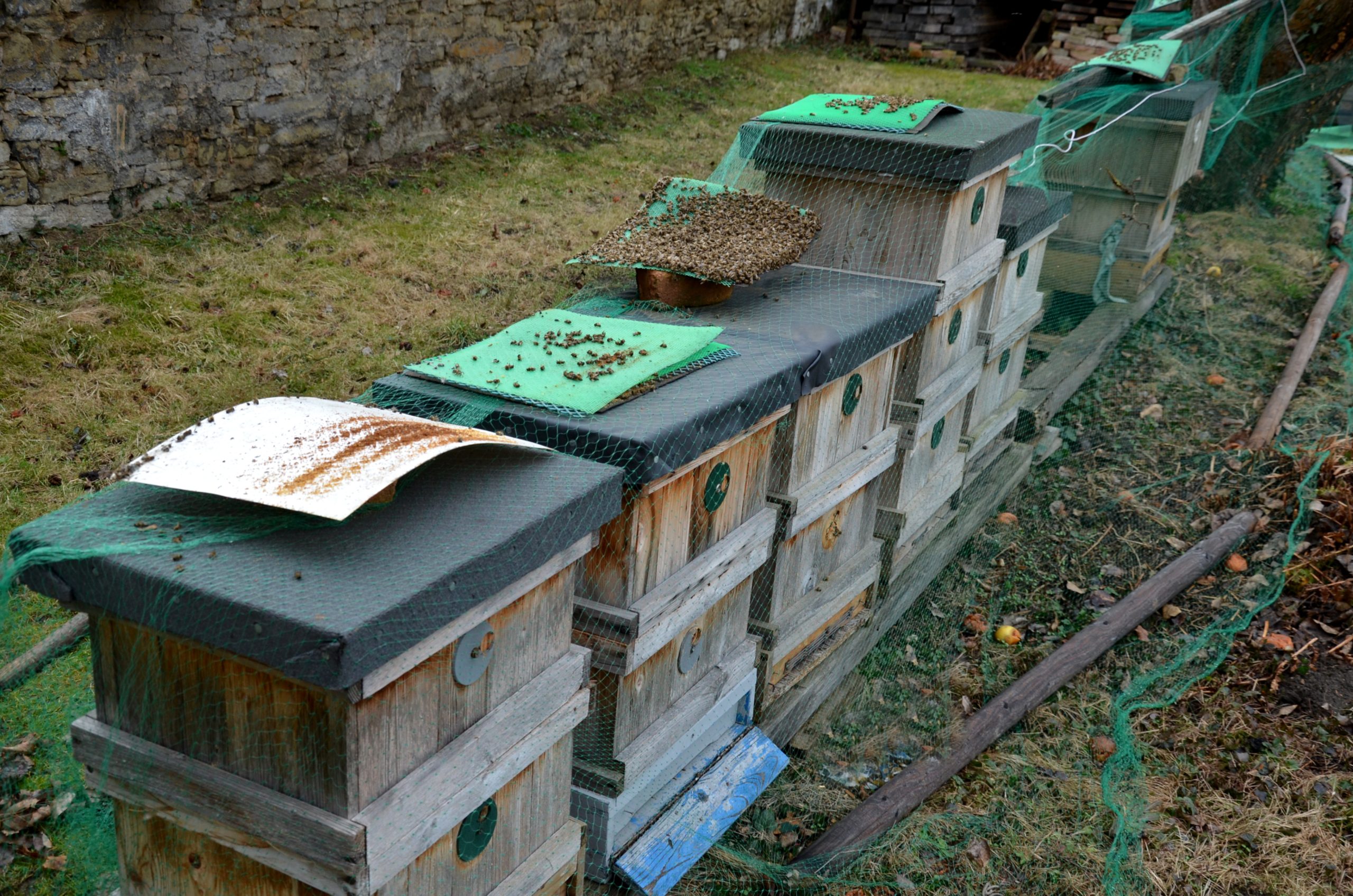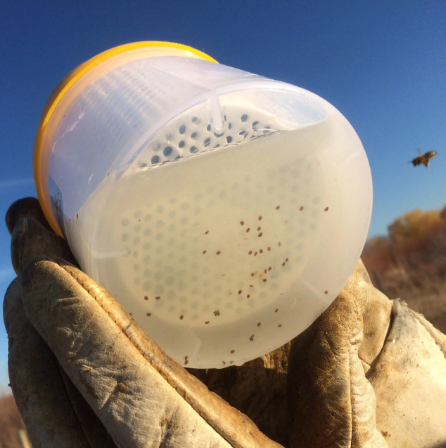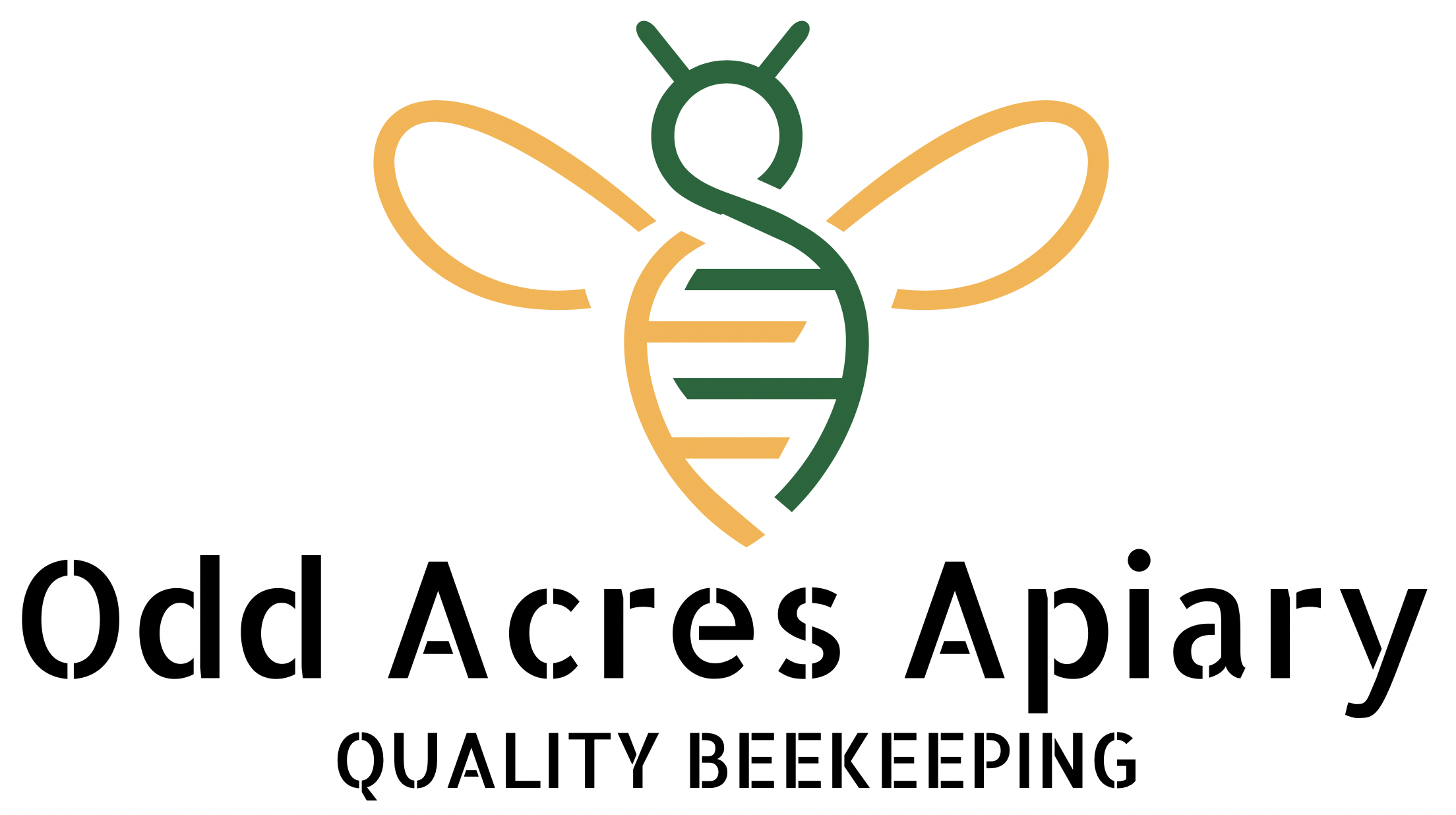
Varroa – Adversity versus Opportunity
I am writing this blog with a degree of trepidation, knowing that however I work to present my thoughts, I may fall foul of the highly varied opinions concerning the emergency response to the current Varroa incursion in New South Wales (NSW).
As a relative newcomer to the queen rearing and breeding business, I have worked through the “once in a hundred-year” drought and subsequent floods, Covid-19 lockdowns and varroa over the past ten years. That which does not kill me makes me stronger”.
Despite these tests of nature, my wife and I have had some clear air along the way to refine our processes for rearing queens and expanding our sales in nucleus colonies. Recently, we also found time to begin work on furthering our queen lines with strategies in place for the coming Spring season.
As a work in progress, queen rearing and breeding is a long-term investment, so we are not expecting brilliant results immediately. Fortunately, we have significantly benefited from the guidance of trusted friends and mentors with years and, in several cases, generations of beekeeping experience to draw upon.
So, with varroa changing the landscape and the game of queen breeding, what is in store for our business?
The present “containment area” of over 9,000 square kilometres on the east coast of Australia and a steadily onward creeping quarantine zone suggest it is only a matter of time before Australia switches from containment to management.
Don’t get me wrong, I would dearly love for Australia to eradicate this pest, and there is no doubt that those working on the current emergency are working hard and genuinely believe they can do it.
I plan and work towards the best and prepare for the worst. Varroa is a capricious pest, and while Australia can be proud of the containment work done so far, next season, 2024, will be the make or break of Australian beekeeping as we know it.
The recent announcements to permit the movement of bees between the states for the 2023 pollination seasons may be the point at which there is no return.
Regardless of how ferociously Australia destroys colonies in the Eradication Zones, it only takes one mite to get away…….

Varroa mites caught in an alcohol wash with a bee flying past to offer size comparisons. Photographs © Adobe Stock
Adversity
If Australia is unsuccessful in eradicating varroa, I suspect many of our experienced breeders will “call it a day”. The remainder will have some hard choices to make. Do they go down the path of Europe and the United States and depend on chemical treatments to keep their bees alive? Will existing beekeeping business models and practices, coupled with the ever-growing pollination demands for bees, conspire to find quick fixes with chemicals as beekeepers have resorted to elsewhere in the world?
Australia is uniquely placed to benefit from overseas experience and learn from their mistakes. Australia can, as was done overseas, destroy the natural ability of bees to adapt to mites and continue to breed stronger mites in the process. Alternatively, we could learn from the rest of the world and lobby to promote miticide-free beekeeping and support breeders to work on mite-resistant queen lines.
Unfortunately, the former seems to be the case when writing this post. Breeding naturally resistant bees will fall to a small set of breeders who can absorb the costs of dealing with a high proportion of their colonies succumbing to varroa and gradually building up lines of resistant bees over five to ten years. Some recent notes I took from a webinar with Randy Oliver summarised some of the reasons why, after nearly 40 years of varroa in the United States, miticide use remains widespread, and there are relatively few genetically mite-tolerant colonies:
- Complexity – Varroa mites are a persistent and dynamic problem for honeybee colonies. Addressing the issue requires a comprehensive understanding of the mite’s biology, genetics, and the complex interactions between the mites and the honeybee colonies. Developing effective and sustainable breeding practices that specifically target varroa resistance is a complicated task. Breeders in Australia do not well understand the fundamentals at the time of writing.
- Existing Investment – Time and careful selection are required to develop highly performing honeybees with desirable traits. Many of the more established queen breeders are reluctant to let go of their existing lines when they meet the needs of their big clients, who can continue to re-queen/rebuild each season.
- Supply and Demand – Should the demand for queens and bees continue to outstrip supply, it may come to the point that any bee will do, regardless of how the bee has been reared.
- Commercial Priorities – When queen lines are resistant to mites and require minimal treatments, it can be years away in Australia. Most breeders are likely to use miticides to sustain their colonies because if beekeepers don’t, their precious queen lines will be obliterated, and they may be out of business.
- Lack of Compulsion – So long as miticides are available in Australia, there is no compelling commercial reason to prioritise the breeding of naturally mite-resistant bees.
Opportunity
For the small breeder, such a situation provides considerable opportunity. There is now a wealth of experience to draw upon demonstrating new techniques for breeding mite-resistant bees; critically for Australia – in the absence of mites. There are several areas I have found valuable information to consider, and the list is extensive. Yet, for the interested readers, I recommend starting with the likes of:
Arguably, the most exciting development in recent years is the unhealthy brood odour (UBeeO) assay by Dr Keira Wagoner. Dr Wagoner’s assay supports the testing for desirable traits that may assist with resistance to varroa, which is much simpler to apply and more relevant to the nature of varroa than the better-known freeze-kill assays.
With the research, techniques, and tools available in a form that is accessible to all beekeepers, it seems at last that establishing natural resistance to varroa mites in Australia may be possible before a chemical-based approach can send our industry down the same path as that which has occurred elsewhere in the world.

